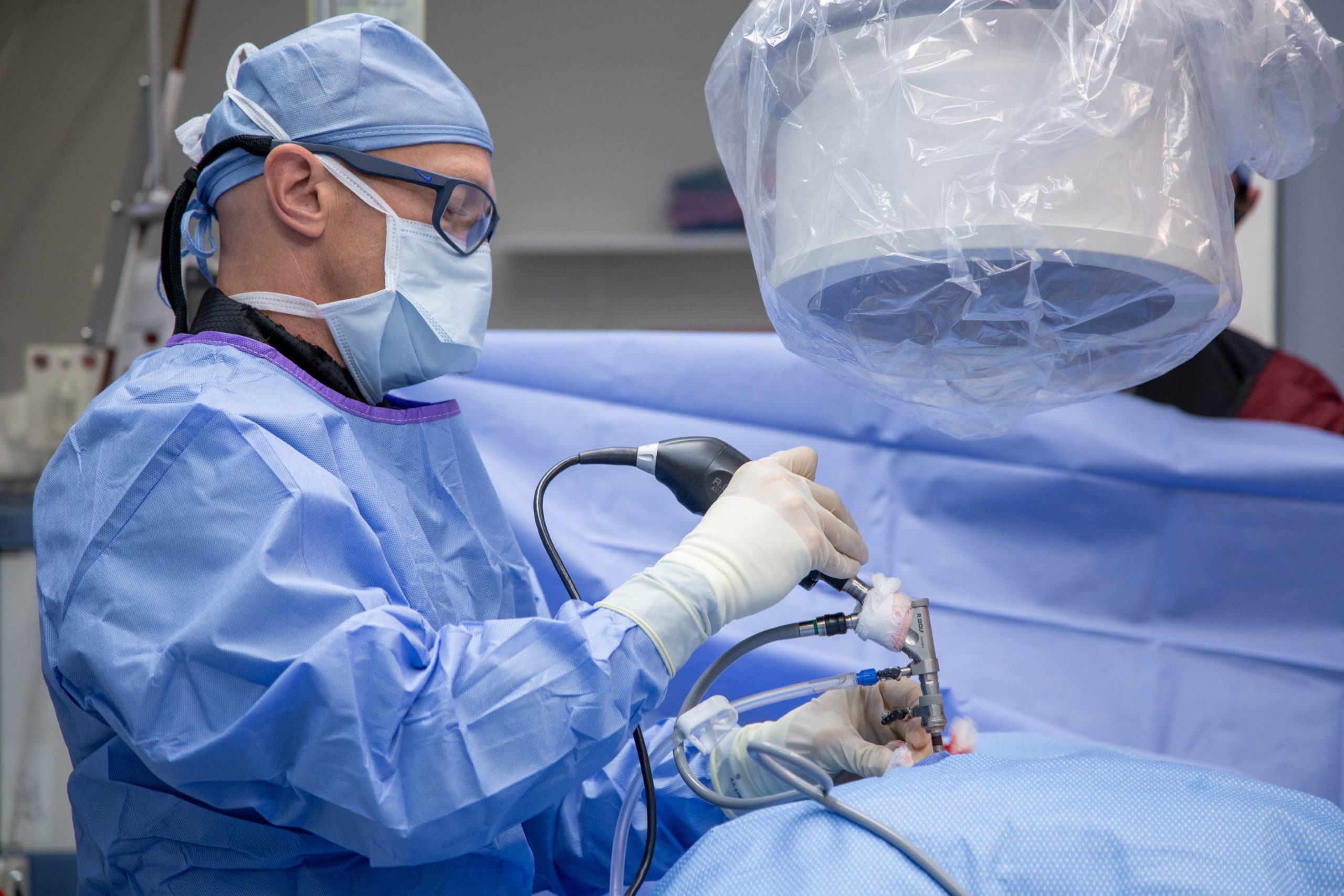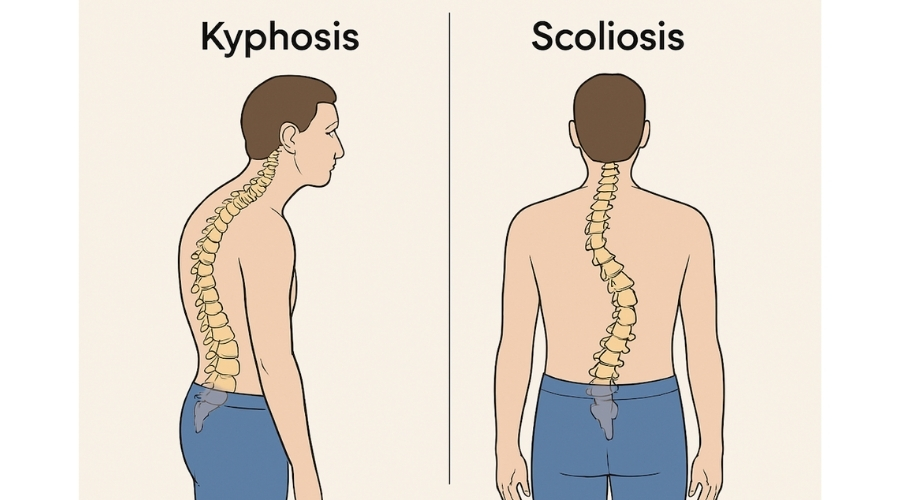Scoliosis and Kyphosis Correction

Spinal deformities such as scoliosis and kyphosis can develop during childhood, adolescence, or adulthood. Scoliosis involves a sideways curvature of the spine, while kyphosis results in excessive forward rounding. Mild deformities may require only monitoring, but moderate to severe curves can lead to pain, respiratory compromise, neurological symptoms, and functional limitations. Timely and expert management by Dr Shafeek in Calicut is crucial to prevent progression and achieve optimal long-term outcomes.
Management begins with a comprehensive clinical evaluation, including physical examination and imaging like X-rays, MRI, and CT scans. The Cobb angle is measured to determine curve severity, while advanced 3D planning software allows precise visualization and surgical planning. Treatment depends on curve severity, flexibility, and progression: mild curves may be observed or managed with physiotherapy; bracing can slow progression in growing adolescents; and severe or progressive curves often require surgery. Surgical correction realigns the spine using implants such as rods, screws, and hooks, via posterior, anterior, or combined approaches depending on deformity. Techniques may include spinal fusion, osteotomy, or vertebral column resection, protecting neurological function while achieving proper alignment. Bone grafts, autologous or synthetic, promote fusion and long-term stability, and intraoperative neuromonitoring ensures safety of the spinal cord and nerves throughout the procedure.

Recovery after scoliosis or kyphosis correction in Calicut varies with surgery extent and patient health. Hospital stays typically last 3–7 days, followed by structured rehabilitation to restore mobility, strength, and posture. Most patients experience significant improvement in pain, posture, and function. Under the care of Dr Shafeek, modern corrective techniques provide excellent long-term outcomes, enabling patients to lead active, healthy lives with restored spinal alignment.